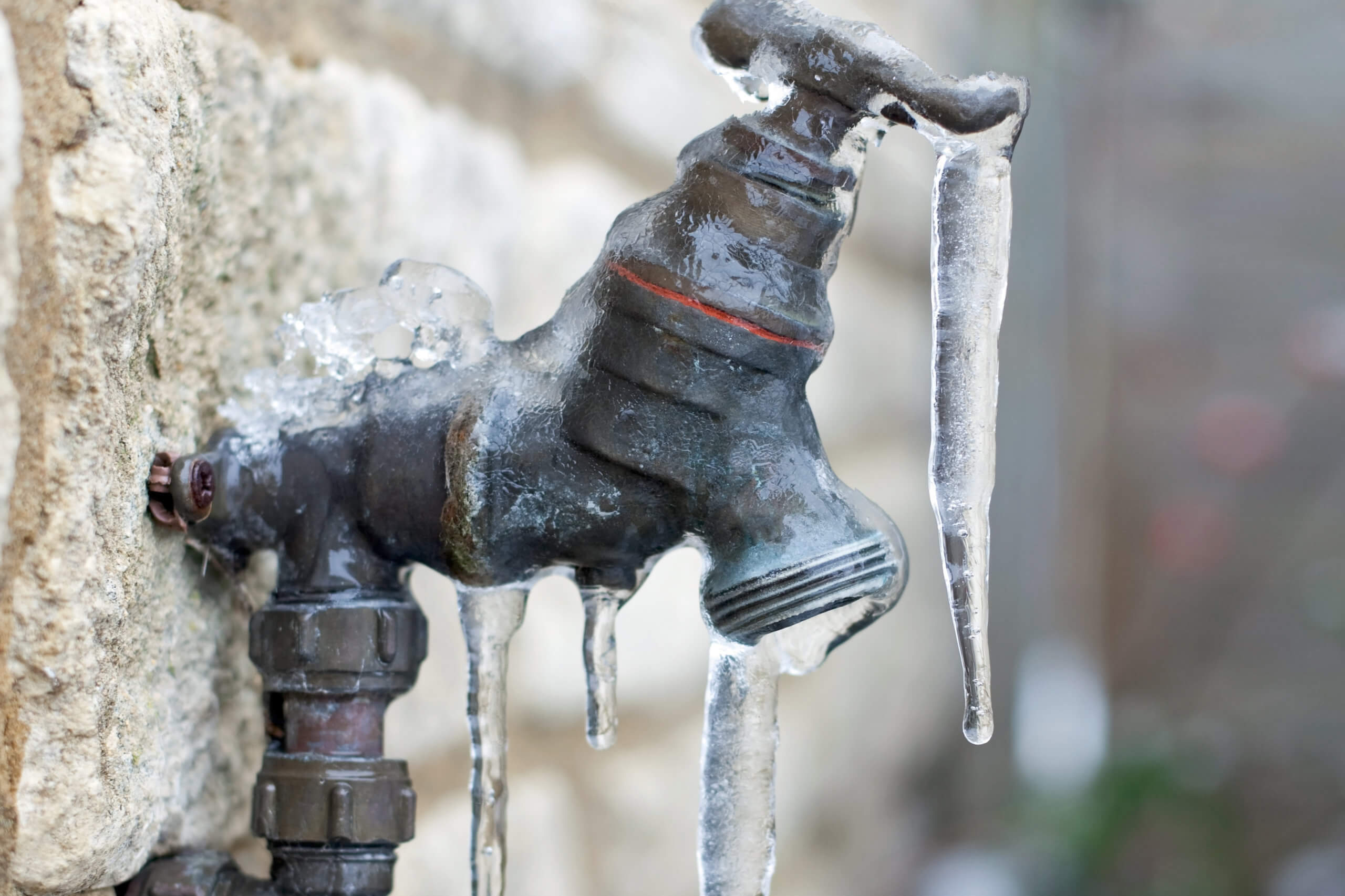How to Protect Pipes from Freezing: Specialist Advice
How to Protect Pipes from Freezing: Specialist Advice
Blog Article
The article down the page in relation to 6 Ways to Prevent Frozen Pipes is highly attention-grabbing. Read on and draw your own conclusions.

Cold weather can ruin your plumbing, particularly by freezing pipes. Here's how to prevent it from happening and what to do if it does.
Introduction
As temperatures decline, the danger of frozen pipes rises, possibly causing costly repair services and water damages. Comprehending just how to prevent icy pipelines is vital for house owners in cold environments.
Prevention Tips
Shielding at risk pipes
Cover pipes in insulation sleeves or utilize warmth tape to safeguard them from freezing temperature levels. Focus on pipelines in unheated or outside locations of the home.
Heating methods
Maintain indoor spaces adequately heated up, specifically locations with pipes. Open up cabinet doors to enable cozy air to circulate around pipes under sinks.
Exactly how to recognize icy pipes
Search for reduced water circulation from taps, uncommon smells or sounds from pipes, and visible frost on exposed pipes.
Long-Term Solutions
Structural adjustments
Think about rerouting pipes away from exterior walls or unheated locations. Include extra insulation to attic rooms, cellars, and crawl spaces.
Updating insulation
Purchase premium insulation for pipelines, attic rooms, and walls. Appropriate insulation aids keep regular temperature levels and minimizes the danger of icy pipelines.
Safeguarding Exterior Plumbing
Yard hoses and exterior faucets
Separate and drain yard hoses before winter. Install frost-proof spigots or cover outside taps with insulated caps.
Understanding Frozen Pipelines
What triggers pipelines to freeze?
Pipelines freeze when revealed to temperature levels listed below 32 ° F (0 ° C) for extended durations. As water inside the pipes ices up, it increases, putting pressure on the pipe walls and potentially creating them to break.
Risks and problems
Frozen pipelines can result in water disruptions, residential or commercial property damages, and costly fixings. Burst pipes can flooding homes and cause substantial structural damage.
Signs of Frozen Pipes
Identifying frozen pipelines early can prevent them from bursting.
What to Do If Your Pipes Freeze
Immediate activities to take
If you presume frozen pipes, maintain taps available to ease pressure as the ice thaws. Utilize a hairdryer or towels taken in hot water to thaw pipelines slowly.
Verdict
Stopping frozen pipelines requires aggressive measures and quick feedbacks. By comprehending the reasons, indications, and safety nets, property owners can safeguard their pipes during winter.
5 Ways to Prevent Frozen Pipes
Drain Outdoor Faucets and Disconnect Hoses
First, close the shut-off valve that controls the flow of water in the pipe to your outdoor faucet. Then, head outside to disconnect and drain your hose and open the outdoor faucet to allow the water to completely drain out of the line. Turn off the faucet when done. Finally, head back to the shut-off valve and drain the remaining water inside the pipe into a bucket or container. Additionally, if you have a home irrigation system, you should consider hiring an expert to clear the system of water each year.
Insulate Pipes
One of the best and most cost-effective methods for preventing frozen water pipes is to wrap your pipes with insulation. This is especially important for areas in your home that aren’t exposed to heat, such as an attic. We suggest using foam sleeves, which can typically be found at your local hardware store.
Keep Heat Running at 65
Your pipes are located inside your walls, and the temperature there is much colder than the rest of the house. To prevent your pipes from freezing, The Insurance Information Institute suggests that you keep your home heated to at least 65 degrees, even when traveling. You may want to invest in smart devices that can keep an eye on the temperature in your home while you’re away.
Leave Water Dripping
Moving water — even a small trickle — can prevent ice from forming inside your pipes. When freezing temps are imminent, start a drip of water from all faucets that serve exposed pipes. Leaving a few faucets running will also help relieve pressure inside the pipes and help prevent a rupture if the water inside freezes.
Open Cupboard Doors
Warm your kitchen and bathroom pipes by opening cupboards and vanities. You should also leave your interior doors ajar to help warm air circulate evenly throughout your home.

As a devoted reader on Helpful Tips to Prevent Frozen Pipes this Winter, I imagined sharing that information was worth the trouble. For those who enjoyed our blog post please don't forget to share it. Thank you so much for your time spent reading it.
Call Us Now Report this page